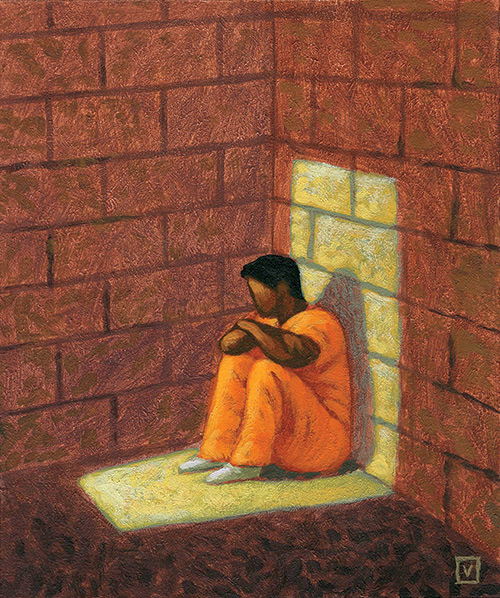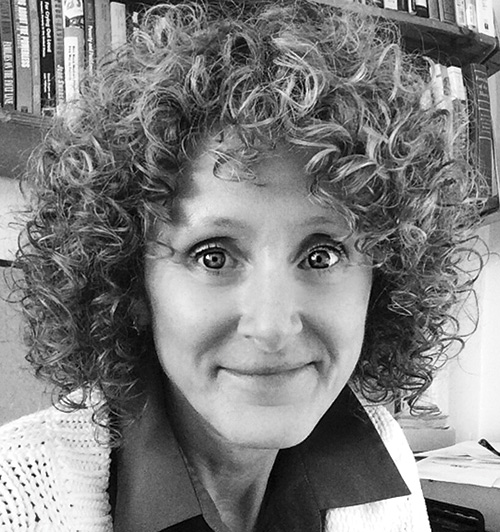
Illustration: Paul Vismara
“Today I sentenced five young men, ages 14 to 15. I spoke with one whose best friend had been shot and killed. His father was there as well. When I adjudicate to protect the community, that means not only protecting victims of gun violence, but also including the voices of others who are victims.”
Edwina Richardson-Mendelson, a longtime Administrative Judge for the New York City Family Court, was speaking at “Youth and Wellbeing in an Age of Mass Incarceration,” an August forum held by TC’s Civic Participation Project (CPP).

You can’t be well if you spend your life in a social group that’s pressed up against the window, looking in.”
—Laura Smith, Associate Professor of Psychology & Education
Created by TC’s Yolanda Sealey-Ruiz, Laura Smith and Lalitha Vasudevan, CPP provides “safe and brave spaces to discuss issues related to social justice and equity for young people in schools.” It seeks to “disrupt the academy by opening up a space for people to be who they are and want to be,” said Sealey-Ruiz, Associate Professor of English Education.
The U.S. incarceration rate is the world’s highest. African-American youth are nearly five times more likely to be confined than whites, while Latino and American Indian youth are two to three times more likely.
“Youth incarceration has infused the practices of teaching, mental health and other fields,” said Vasudevan, Associate Professor of Technology & Education.
“You can’t be well if you spend your life in a social group that’s pressed up against the window, looking in,” said Smith, Associate Professor of Psychology & Education.
“We’ve got to help teachers notice what kids are feeling,” said Suzanne Carothers of NYU’s Steinhardt School of Culture, Education and Human Development. “If a five-year-old says, ‘I’m hungry,’ and you say, ‘Do your math,’ you’ve lost something.”